Issue 026: 42% of Startups Fail for This One Reason (And How to Avoid It), 8 Content Ideas for Building in Public, and More
We also discuss why you shouldn’t vacation like Steve Jobs.

March 12, 2025 | #026 | Free Version
Welcome to Startup Blitz, a weekly newsletter full of timeless ideas and insights you can use in your online business.
💥 42% of startups fail for this one reason (and how to avoid it)
🤝 How to make building in public your main growth channel
🏖️ Why you shouldn’t vacation like Steve Jobs
Not subscribed? Learn more and sign up.
42% of Startups Fail for This Reason. Here’s How to Avoid It
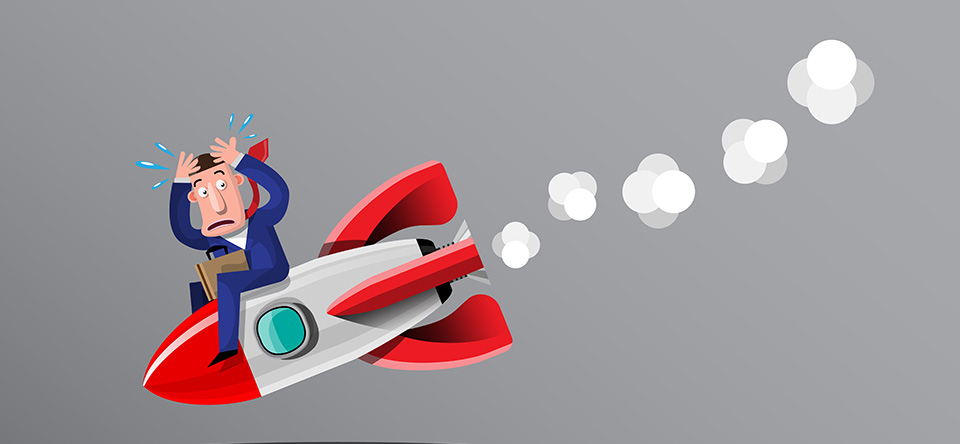
According to Martin O’Leary, the answer is simple. Build an audience before you build a product. Create a community that’s waiting for your launch.
The Benefits of Launching with an Audience
Instant validation: Your audience becomes your early adopters. You can test your ideas with them before investing your time and money.
More flexibility: You’re not locked into one product idea. You can test multiple ideas with them and pursue the one with the most interest.
Built-in demand: When you launch, people are already waiting. You won’t need to do too much marketing.
Lower costs: You won’t need to spend money on advertising to find your first customers.
Harder to copy: Competitors can copy your product. But they can’t copy your audience.
How to Build Your Audience From Scratch
Here’s how to can get started with building an audience:
Find your community: Where does your audience hang out? LinkedIn, Twitter, Threads or Facebook Groups? Join these communities. Share your expertise, reply to people and provide value.
Create in-depth content: Don’t do what everyone else is doing. Stand out by creating smart, in-depth content. Provide novel solutions to problems your audience faces.
Partner with existing creators: Look for influencers launching a book or new products. Ask them if they’d be willing to do an interview with you. You’ll get followers from their audience.
Build your email list: Social media algorithms are unreliable. You live at the mercy of them. So gently push people to your email list. Offer a lead magnet (ebook, checklist, etc.) in exchange for their email address.
Create a community: After you’ve released your product, create a Discord/Slack community for it. Your most loyal followers will join. Use it to gather feedback, share updates, and provide support.
Martin shares many more insights in his original post. You can check it out here.
How to Grow Your Startup by Building in Public
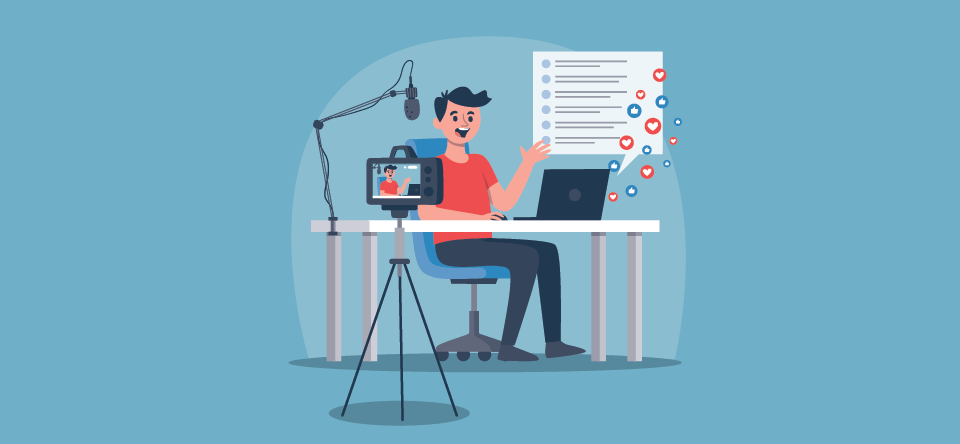
This means openly sharing your journey on social media. Talk about your wins, failures, lessons, and progress. Talk about everything involved with building your company.
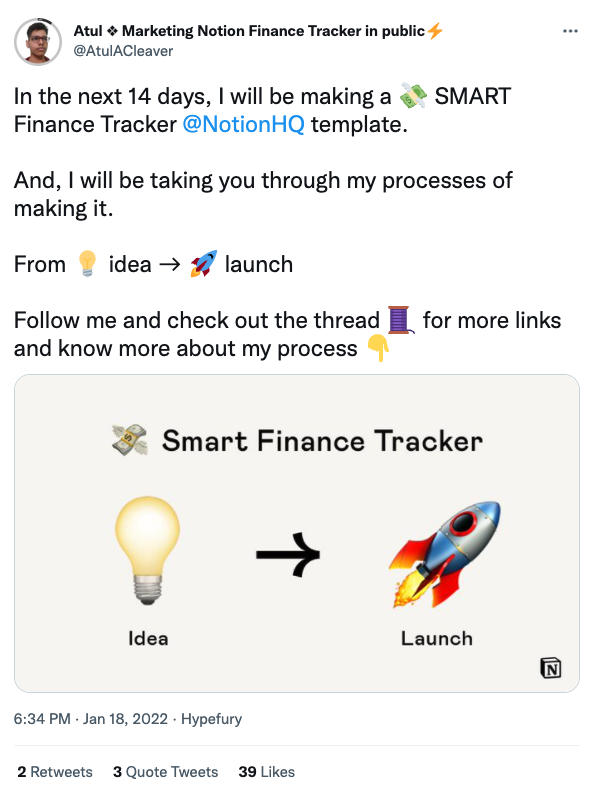

3. You’ll gain a lot of insights while building your product. So share what you’ve learned.
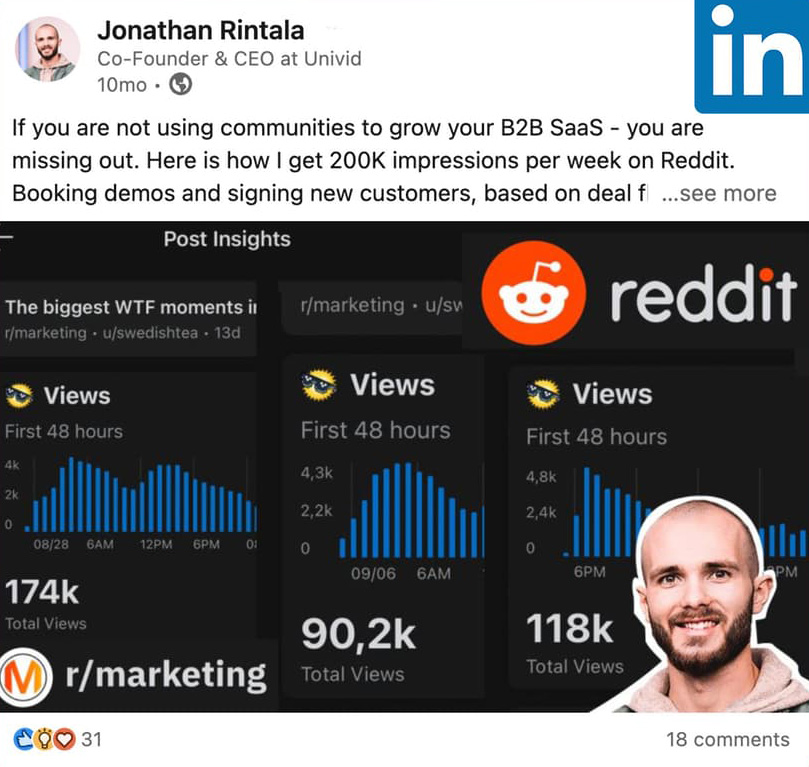
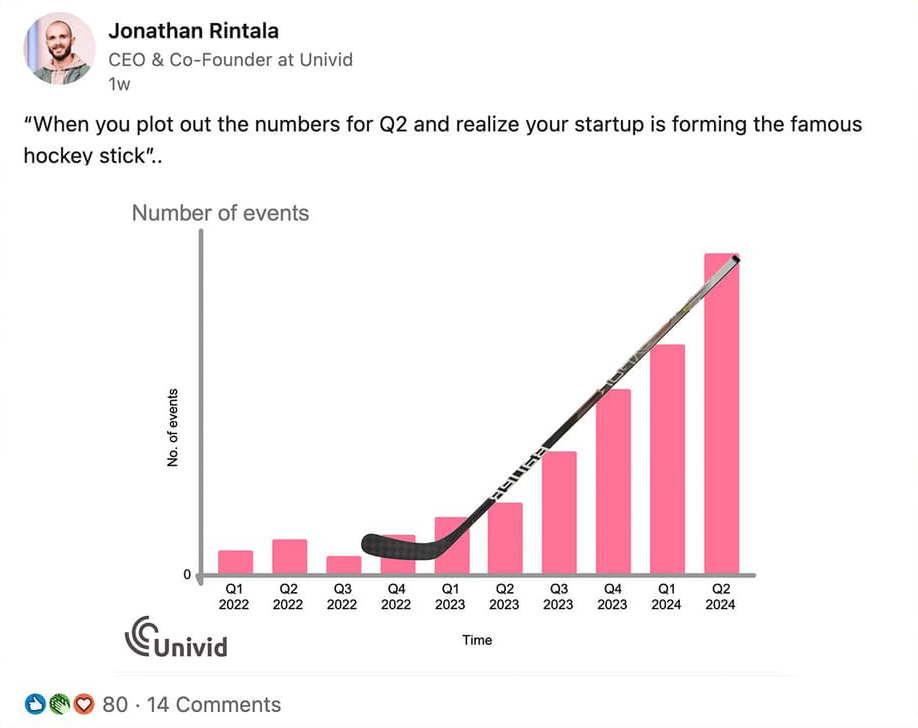
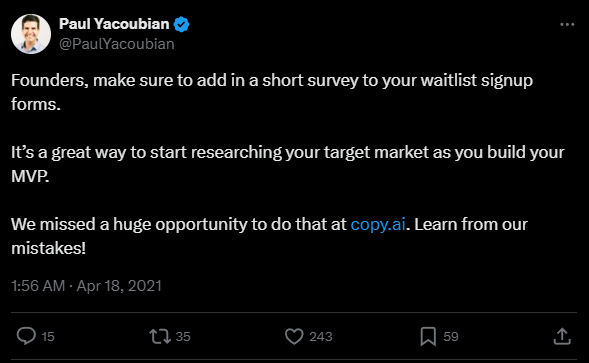
6. Create tutorials. Show people how to get the most out of your product.
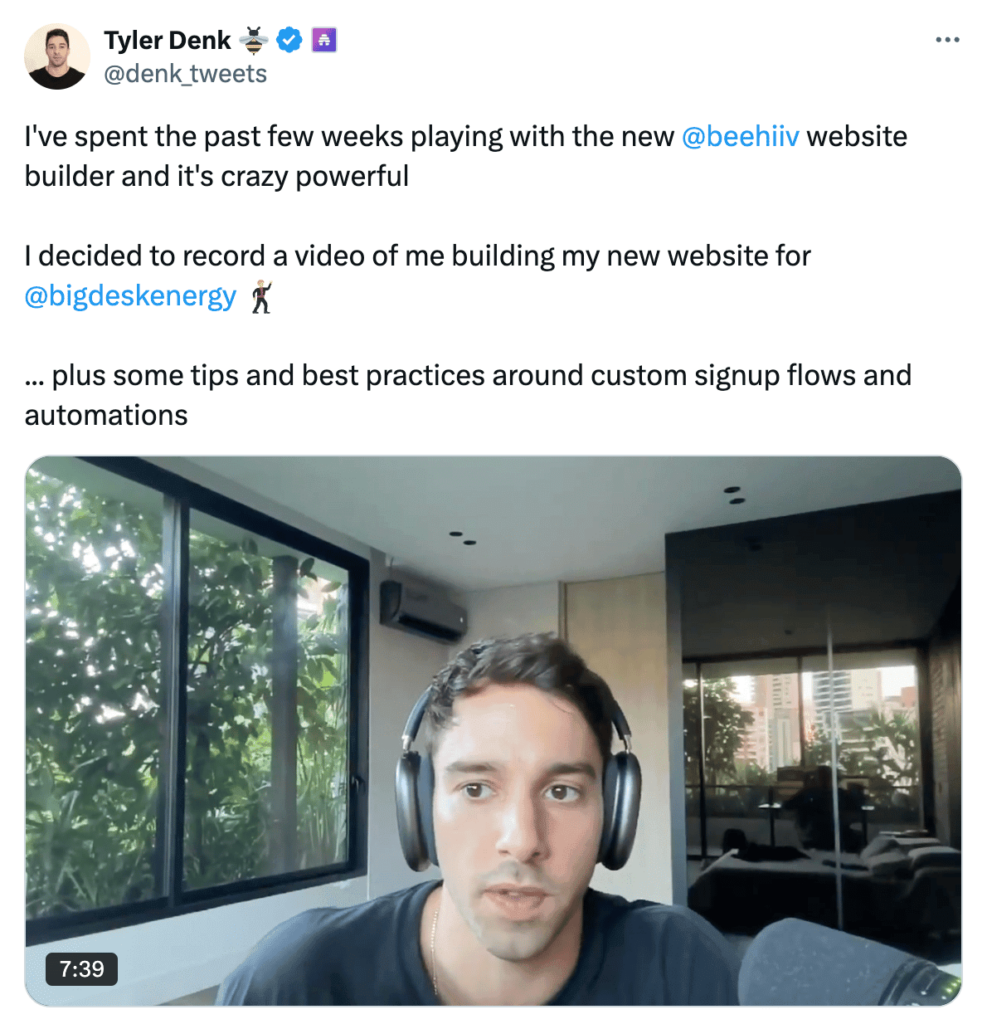
7. Celebrate your customers. Share the result they are getting with your product.
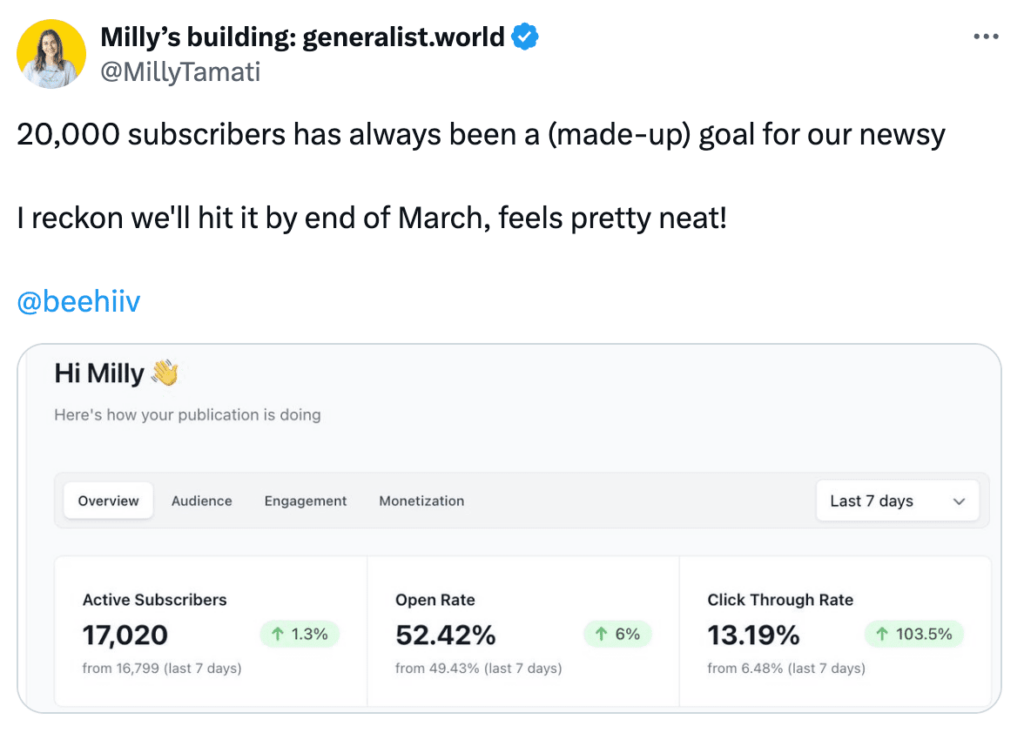
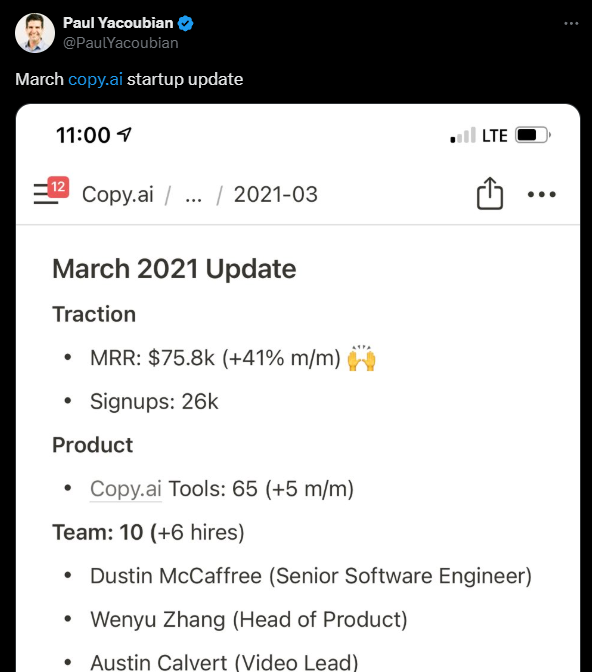
By sharing these types of content, you’ll create a community that roots for your success.
📖 Book of the Week: Why You Shouldn’t Vacation Like Steve Jobs
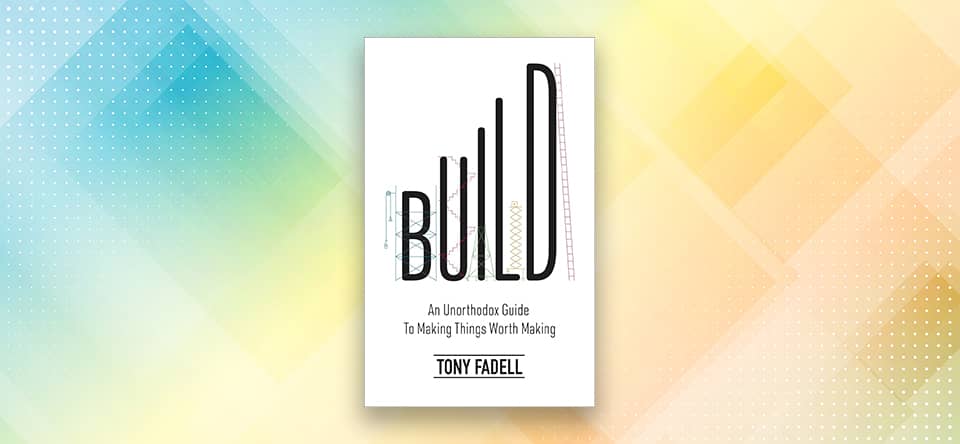
This week, I want to highlight Build: An Unorthodox Guide to Making Things Worth Making by Tony Fadell.
- 2–3 times a week—Block out parts of your schedule during your workday so you have time to think and reflect. Meditate. Read the news on some subject you don’t work on. Whatever. It can even be tangential to your work, but it should not be actual work. Give your brain a second to catch up. Learn, stay curious, don’t just react to the never-ending stream of fires to put out or meetings to attend.
- 4–6 times a week—Exercise. Get up. Go biking or running or weight lifting or cross-training or just take a walk. I started getting into yoga at Philips and I’ve kept it up for more than twenty-five years—it’s been hugely helpful. You have to quiet everything around you and focus to do yoga poses properly. You become conscious of your body so you instantly know if you’re off. Find something like that—where you’ll notice if you’re physically or emotionally at a breaking point and will have an opportunity to right yourself before it gets too bad.
- Eat well—You are an extreme athlete, but your sport is work. So fuel yourself. Don’t eat too much, don’t eat too late, cut down on refined sugars, smoking, alcohol. Just try to keep yourself from physically feeling like garbage.
You can find the book on Amazon or any major bookstore. If you are building a startup, I highly recommend reading the full book.
Thanks for reading. I hope you have found at least some of these tips helpful.
Until next week!
You are receiving this email because you subscribed to Startup Newsletter. You can Unsubscribe from here.